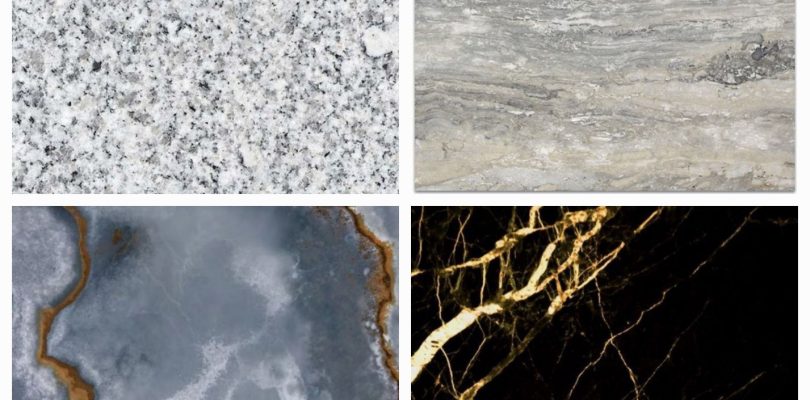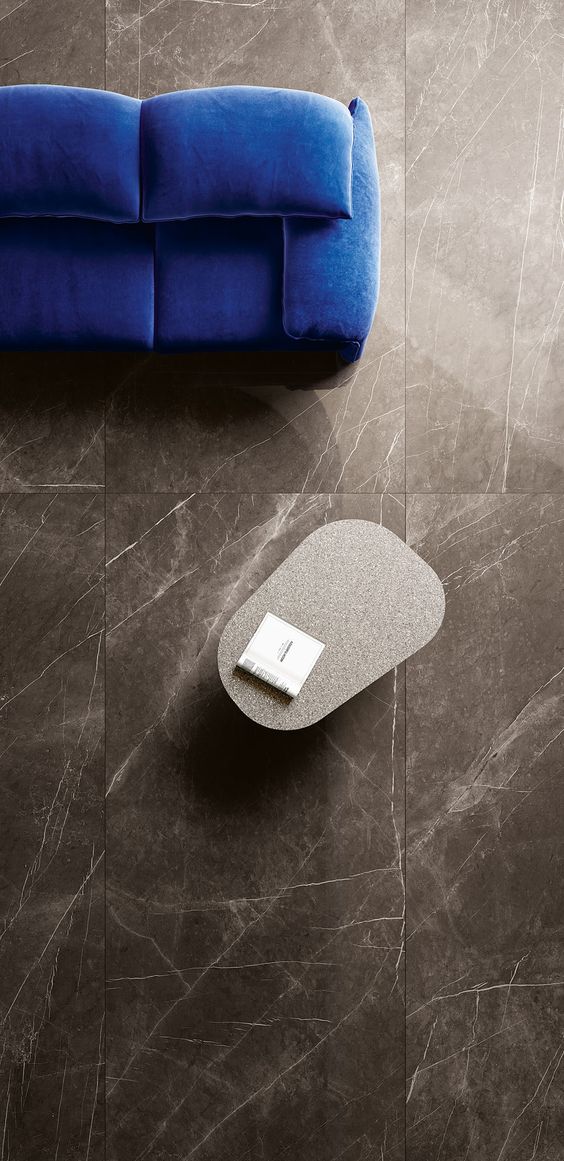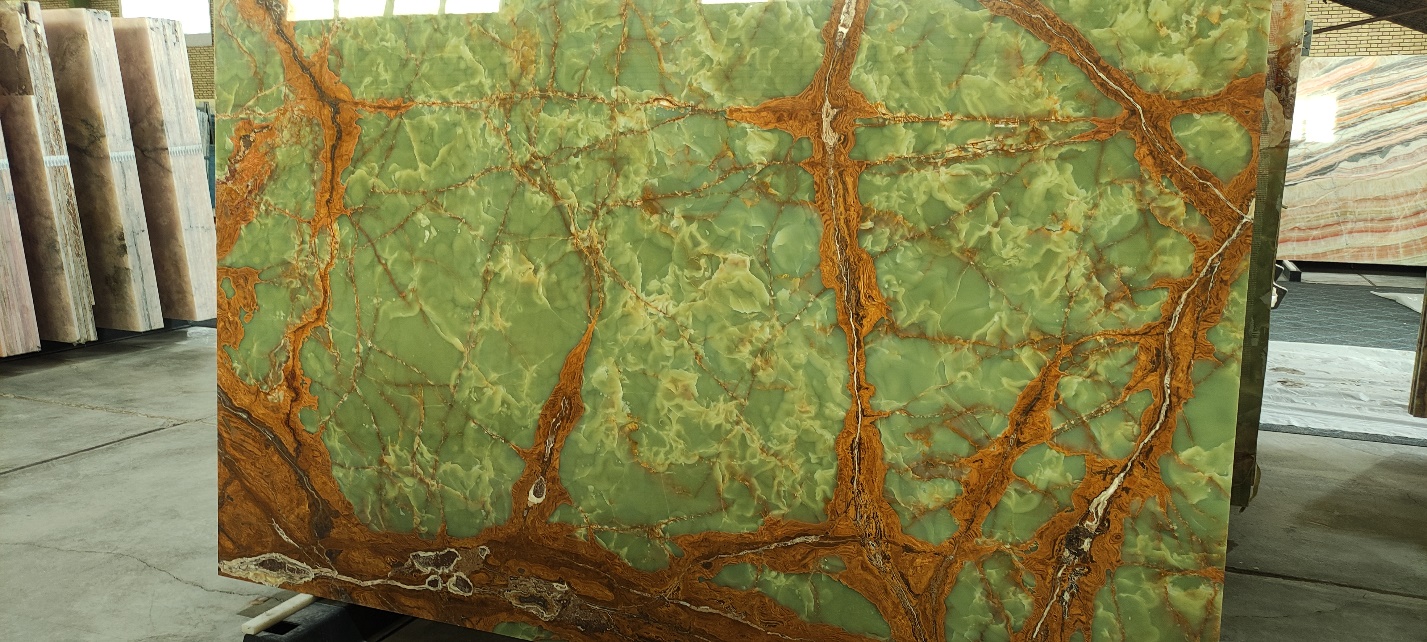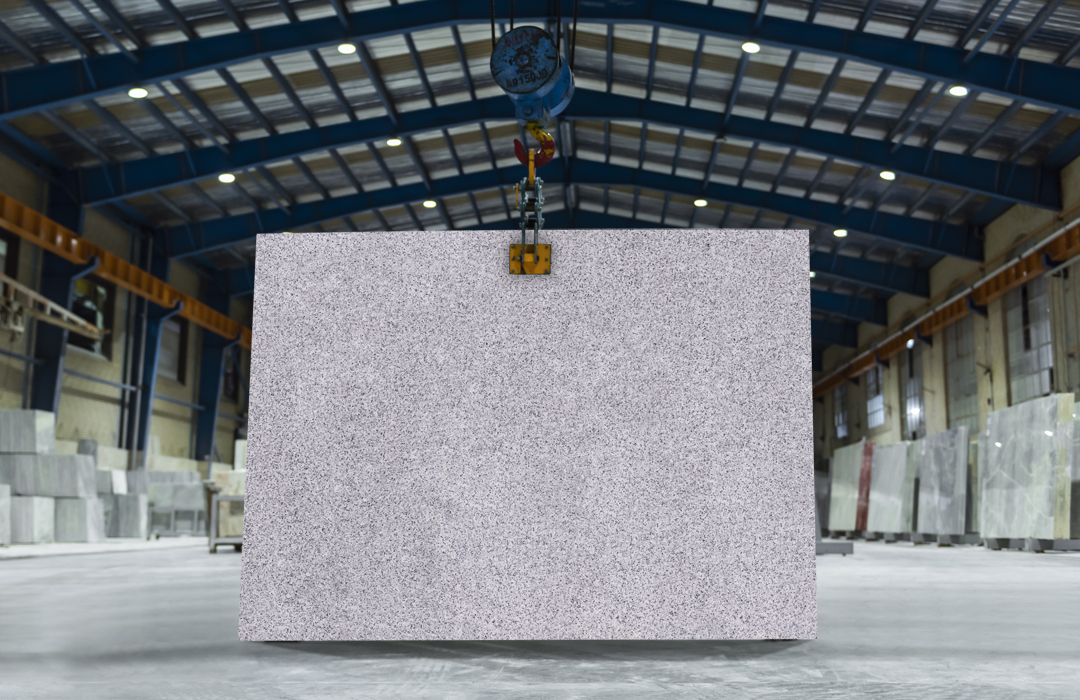Understanding Natural Stone: An Introduction
Natural stone is a remarkable material that has been used for centuries in various construction and design projects. Its timeless beauty, durability, and versatility make it a popular choice for both interior and exterior applications. From elegant marble to rustic travertine, natural stone offers a wide range of options to suit different aesthetic preferences and functional needs.
When we talk about natural stone, we refer to rocks that have been formed over millions of years through natural processes. These rocks are extracted from quarries and then cut and processed into various shapes and sizes for different applications. Each type of natural stone has its own unique characteristics, including color, texture, and composition, giving it a distinct appeal.
Assessing Your Project Needs
When assessing your project needs for the best natural stone, there are several factors to consider:
- Purpose and Function
Determine the specific purpose of the natural stone in your project. Are you looking for flooring, countertops, wall cladding, or outdoor paving? Different types of natural stone have varying levels of durability and suitability for different applications.
- Aesthetic Appeal:
Consider the overall design and style of your project. Natural stone comes in a wide range of colors, patterns, and textures. Choose a stone that complements the desired aesthetic and enhances the visual appeal of your space.
- Durability and Maintenance
Assess the durability and maintenance requirements of the natural stone. Some stones, like granite, are highly durable and resistant to scratches and stains, making them suitable for high-traffic areas. Others, like marble, may require more care and regular sealing to maintain their appearance.
- Climate and Environment
Take into account the climate and environment where the natural stone will be installed. Consider factors such as moisture, heat, and freeze-thaw cycles to ensure the stone will withstand the conditions.
- Budget
Determine your budget for the project. Natural stone comes in a range of price points, with some stones being more expensive than others. Consider the cost of the stone itself, as well as installation and maintenance expenses.
Exploring Different Types of Natural Stone
There are various types of natural stone available, each with its own unique characteristics and uses. Here are some commonly used types of natural stone:
-
- Marble: Luxurious beauty and unique veining
Recognized for its elegance and timeless beauty, marble is a good fit for countertops, flooring, and decorative accents. It has a distinct veining pattern and is available in a variety of colors, ranging from white and black to more vibrant hues. Two high-selling dark Marbles are Pietra Grey marble and Golden Black Marble.
-
- Travertine: Classic and versatile choice
With its unique porous texture and earthy tones, travertine is often ideal for flooring, wall cladding, and outdoor paving. It can create a rustic and warm ambiance in both residential and commercial spaces. Furthermore, Silver Travertine French pattern (tumbled) layouts often include four different tile sizes, which are interlocked together to form a cohesive pattern. It is characterized by a combination of square and rectangular tiles that are laid out in a repeating pattern. The sizes of the tiles typically vary, creating a visually appealing and dynamic floor design.
-
- Granite: Timeless elegance and durability
Known for its durability and strength, granite is a popular choice for countertops, flooring, and outdoor applications. It comes in a wide range of colors and patterns, making it versatile for different design styles.
-
- Onyx: Intricate patterns and translucent quality
Onyx is a unique and striking type of natural stone known for its translucent properties and beautiful veining patterns. Architects usually prefer onyx stone for decorative purposes rather than heavy-duty applications due to its relatively soft nature. These Purposes include countertops, backsplashes, accent walls, and custom furniture pieces.
-
- Limestone: Soft and earthy charm
Limestone offers a softer and more natural look, making it suitable for both indoor and outdoor applications. It is commonly used for flooring, wall cladding, and architectural elements.
Evaluating Key Factors for Selection
When selecting natural stone for your project, it’s important to consider various factors. Durability and strength are crucial, especially for high-traffic areas or exterior applications. The color and aesthetic appeal should align with your design vision and complement the overall space. Maintenance and care requirements vary among different types of stone, so it’s essential to understand the level of upkeep involved. Cost considerations and the environmental impact of the stone should also be taken into account.
Matching Stone to Project Applications
Natural stone can be used in a wide range of applications such as countertops, kitchen surfaces, flooring, and wall cladding. It is also a common choice for outdoor landscaping and hardscaping, creating beautiful patios, pathways, and garden features. Fireplaces and feature walls can be enhanced with the natural beauty of stone, adding warmth and character to the room. In bathrooms, natural stone can be used for showers, tub surrounds, and vanity tops, creating a spa-like atmosphere
Making the Final Decision
To make the final decision, it’s helpful to gather samples of the natural stone you are considering and visualize how it will look in your space. Consulting with professionals and experts can provide valuable insights and guidance. It’s also important to consider the long-term value and resale potential of the stone, as well as how it fits into the overall design scheme.
Care and Maintenance of Natural Stone
Once your natural stone project is complete, proper care and maintenance are essential to preserve its beauty and longevity. Cleaning and sealing techniques can help protect the stone from stains and damage. Preventative measures should be taken to avoid scratches or etching, and restoration options are available if the stone becomes damaged over time.
Conclusion: Bringing Your Vision to Life with Natural Stone
In conclusion, natural stone is a captivating material that brings a sense of timelessness and natural beauty to any project. Choosing the right natural stone for your project requires careful consideration of various factors. Remember to consult with experts in the field and explore different options to find the perfect natural stone that not only enhances the beauty of your space but also meets your functional needs. With the right choice, you can create a stunning and long-lasting project that stands the test of time.




